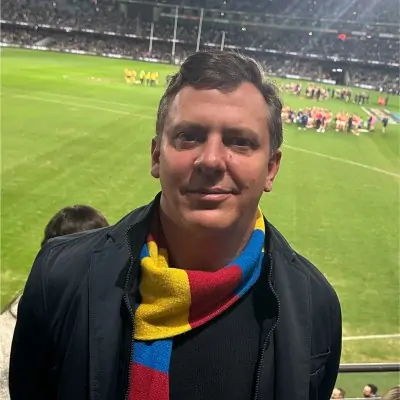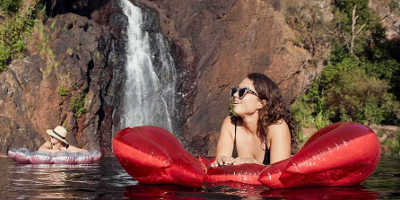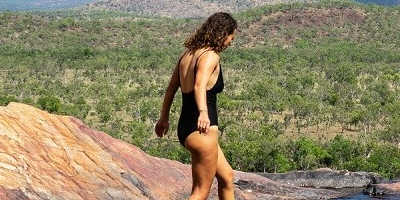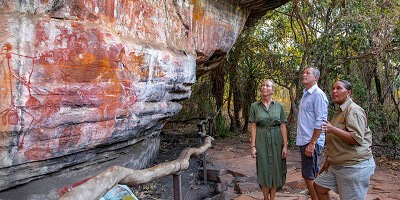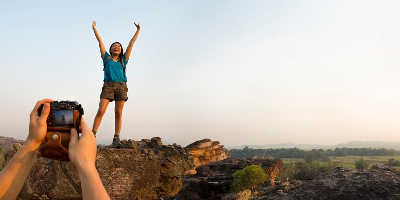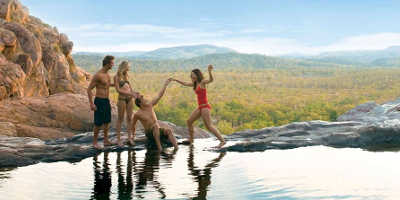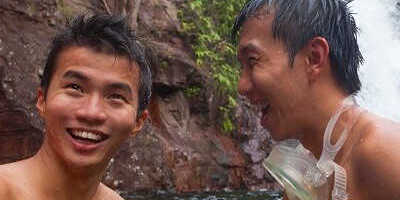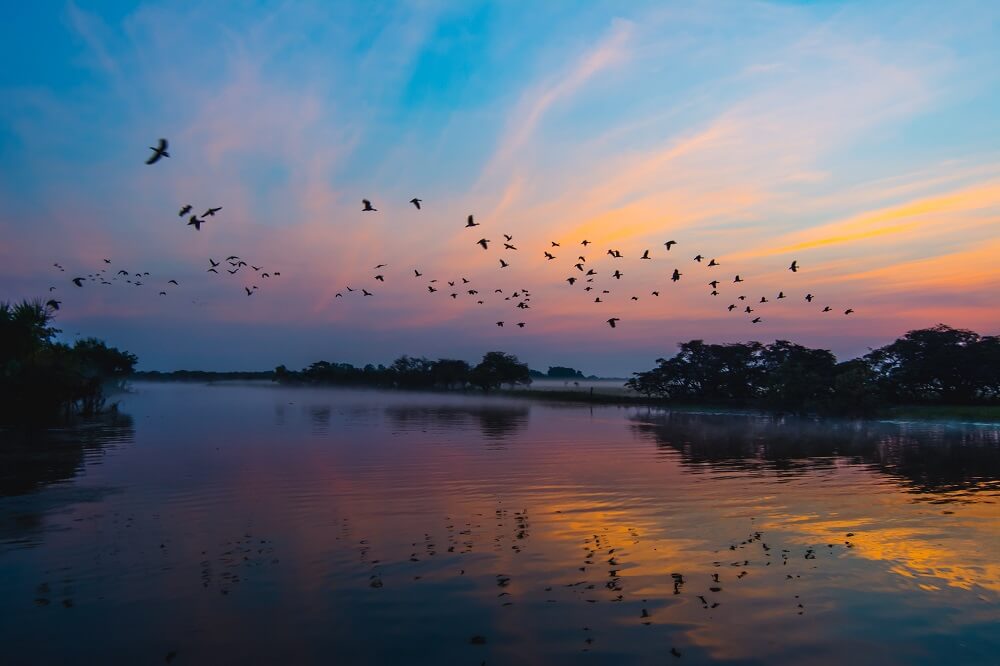
How did Kakadu get its name?
Written by: Cameron Ward
Published: 09/19/2019
Reading time: 3 mins
Kakadu is Australia’s largest national park and home to some of Australia’s most diverse and impressive wildlife, but how did it get its name?
Indigenous Australians across the country have a deep spiritual connection to their land. The Kakadu National Park is home to several Aboriginal cultures. Each culture reflected through the land in various ways. A trip to Kakadu National Park must come with a desire to learn about these cultures. Where better to start than with the park’s name.
What’s in a name?
Kakadu is a Western misinterpretation of one language spoken in the northern part of Kakadu, Gagudju. About 200 Aboriginal languages were spoken throughout Australia when it was invaded. Gagudju was spoken in the lowland areas of the Kakadu National Park. It was the major language in the area but is no longer in use today. Today, only three of the twelve languages spoken in the Kakadu region are still in use. Although the Gagudju people no longer speak their language, many of them still live on the land. Besides the Gagudju people, generations of the Bininj and Mungguy people also live on the land at Kakadu.
Management of Kakadu
Today, traditional owners in collaboration with Parks Australia manage the park. Traditional owners work to protect local Indigenous culture and sacred sites, while Parks Australia runs conservation efforts in the park. The connection between traditional owners and Kakadu land spans over 50,000 years, and they continue to hold this connection today. Since the official creation of the Kakadu National Park in 197 9, the park has continued to grow and include more traditional land, including the recent addition of a large area of woodland called Koongarra.
Experience Aboriginal Culture in Kakadu
A trip to Kakadu isn’t just a chance to see breathtaking views, but an opportunity to learn about the Aboriginal culture and people of the area.
Head to the Warradjan Aboriginal Cultural Centre to learn more about the deep connection the traditional owners have with their land. Learn about their Dreamtime and creation stories, understand their fight for land ownership and see artworks produced by local Indigenous artists.
Visit Gunlom Falls or Yurmikmik on the Mary River. The Jawoyn people believe Mary River to be the resting place for Bula the Rainbow Serpent. From the top of Gunlom, you can see three of the distinct habitats of Kakadu. Soak in the views while you take a dip in the crystal-clear plunge pool. Perfect for cooling down in after a warm day and a fantastic vantage point for beautiful Northern Territory sunsets, Gunlom is a must-visit site.
As you go further into the parkland, you’ll find centuries-old rock paintings at Nourlangie Rock. These works of visual history will show you how the local Aboriginal people lived. Used for shelter during the wet season, Nourlangie Rock was home to Aboriginal people for thousands of years.
As the park continues to expand and Aboriginal cultures continue to thrive, Kakadu National Park proves to be an unrivalled location for stunning views and cultural experiences.
Visiting Kakadu
Many culturally sensitive locations in Kakadu National Park require a special permit to access. The best way to access Kakadu and visit these spectacular sites is to book onto our 3 Day Kakadu & Litchfield Tour!
You’ll visit the sites we’ve mentioned above, plus more. All you need to bring is yourself and a sense of adventure. We’ll bring the stunning views, cultural experiences, and unforgettable journey!
Related article: How Big is Kakadu National Park?

